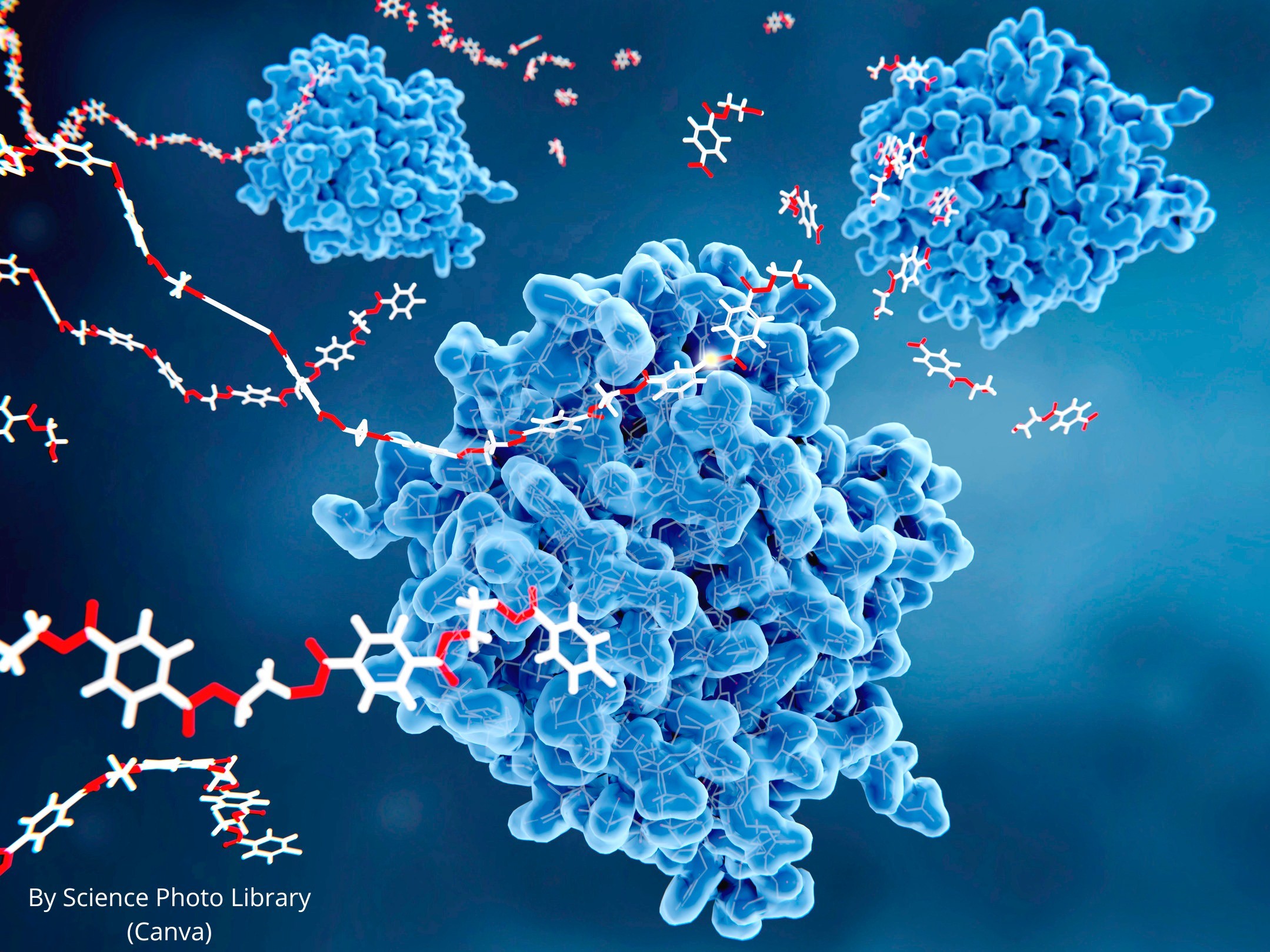Engineered Human Therapies
Novel Enzyme Evolution Algorithm Yields High-Performance Mutations
Using evolutionary history, scientists have devised a strategy to significantly improve enzyme activity and stability, with promising applications in industries like food production and healthcare
Jun 20, 2024
Science Photo Library (Canva)
Scientists have developed a new method for "rationally engineering" enzymes to enhance their performance. By devising an algorithm that considers an enzyme's evolutionary history, they can identify where mutations can be introduced to significantly improve functionality.
Their research, published today in Nature Communications, holds the potential for wide-ranging impacts across various industries, from food production to healthcare.
Enzymes, which are central to life, play a crucial role in developing innovative drugs and tools to tackle societal challenges. Over billions of years, they have evolved through changes in their amino acid sequences, which determine their 3D structures. Like beads on a string, each enzyme consists of a sequence of several hundred amino acids that form its 3D shape.
With 20 possible amino acids for each position, nature offers an immense diversity of sequences. Once they form their 3D shape, enzymes perform specific functions, such as digesting dietary proteins, converting chemical energy into muscle force, and destroying invading bacteria or viruses. Altering the sequence can disrupt the 3D shape and typically changes the enzyme's functionality, often rendering it ineffective.
Improving enzyme activity could greatly benefit numerous industrial applications. Modern molecular biology tools make it easy and cost-efficient to engineer changes in amino acid sequences to enhance performance. However, randomly introducing even a few changes can significantly reduce their activity.
In this study, scientists present a new strategy to rationally engineer the enzyme "beta-lactamase." Instead of randomly introducing mutations, researchers at the Broad Institute and Harvard Medical School created an algorithm that considers the enzyme's evolutionary history.
“At the heart of this new algorithm is a scoring function that exploits thousands of sequences of beta-lactamase from many diverse organisms. Instead of a few random changes, up to 84 mutations over a sequence of 280 were generated to enhance functional performance,” said Dr. Amir Khan, Associate Professor at Trinity College Dublin’s School of Biochemistry and Immunology, one of the research co-authors.
“And strikingly, the newly designed enzymes had both improved activity and stability at higher temperatures,” Khan added.
Eve Napier, a second-year PhD student at Trinity College Dublin, used X-ray crystallography to determine the 3D experimental structure of the newly designed beta-lactamase.
Her 3D map revealed that despite changes to 30% of the amino acids, the enzyme's structure remained identical to the wild-type beta-lactamase. It also showed how coordinated amino acid changes can stabilize the 3D structure efficiently, unlike individual changes that typically impair it.
Eve Napier said, “Overall, these studies reveal that proteins can be engineered for improved activity by dramatic ‘jumps’ into new sequence space.
“The work has wide ranging applications in industry, in processes that require enzymes for food production, plastic-degrading enzymes, and those relevant to human health and disease, so we are quite excited for the future possibilities.”


















